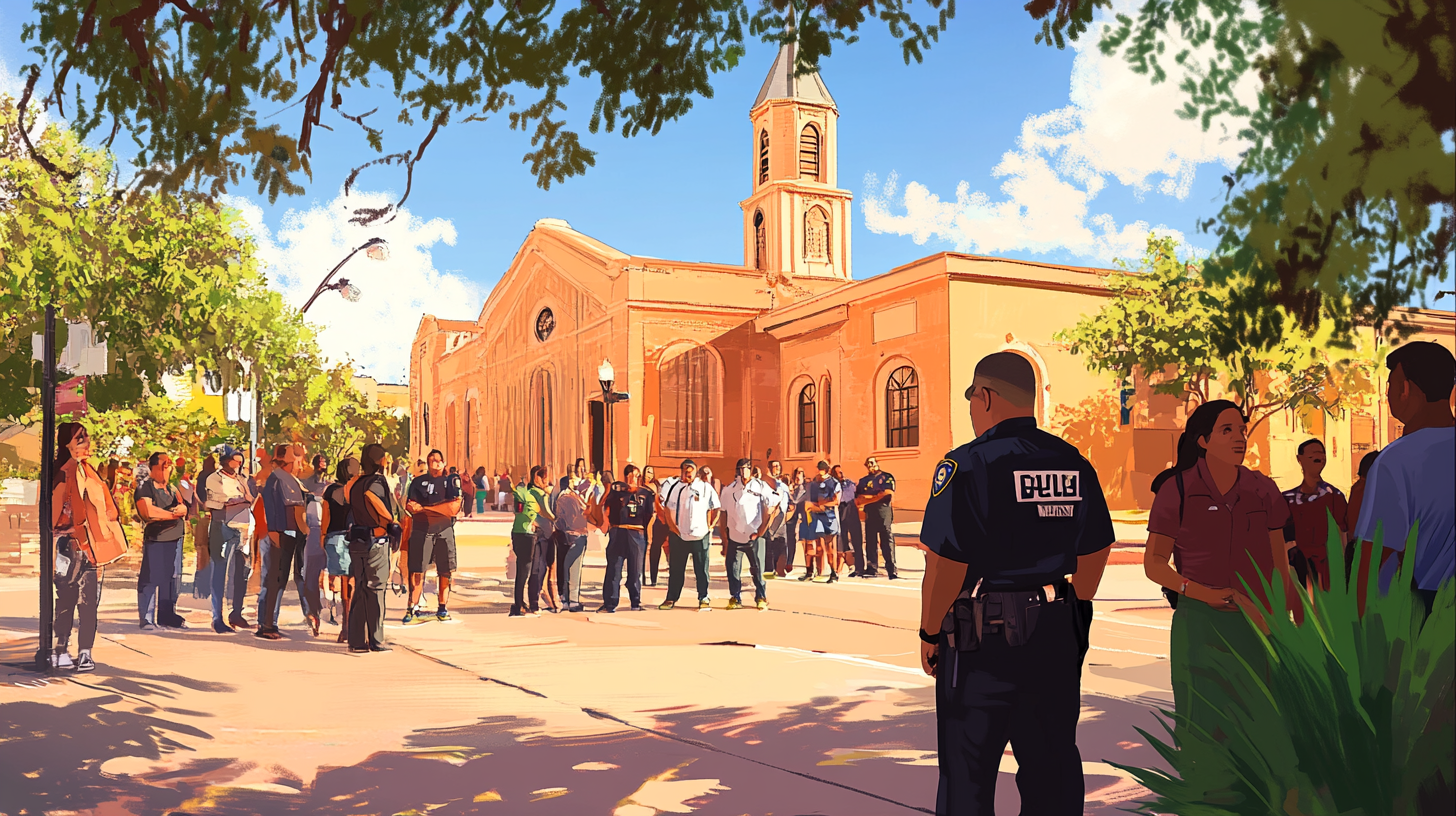Former Cop Convicted in Panama Unit Corruption Case Released from Halfway House
In a development that marks the latest chapter in the infamous Panama Unit corruption scandal, Jonathan Treviño, a former police investigator who played a central role in the case, has been released from a halfway house. The Panama Unit, comprising officers from the Mission Police Department and the Hidalgo County Sheriff’s Office, gained national notoriety for engaging in drug thefts and bribery.
Treviño’s Journey from Conviction to Release
Initially sentenced to 17 years in prison, Treviño’s term was later reduced to 13 years and 10 months following changes in sentencing guidelines. After serving time in several facilities, including a low-security prison in Pittsburgh and a medical center in North Carolina, Treviño was transferred to a halfway house in Texas in 2024. This recent release, approximately six months after entering the halfway house, has renewed discussions about the ripple effects of the corruption case on the Rio Grande Valley (RGV).
A Deep Dive into the Panama Unit Scandal
From 2010 to 2012, under Treviño’s leadership, the Panama Unit became notorious for its dual existence—while ostensibly tackling major drug cases and submitting over 800 cases to the Hidalgo County District Attorney, members of the unit engaged in illegal raids, stealing drugs and cash. This corrupt behavior prompted a federal investigation that unraveled a web of misconduct linked to political connections within local law enforcement.
Juan Gonzalez, a former San Juan police chief now running a consulting firm, highlighted the impact of this scandal beyond the Valley: “I travel, now, around the state. And any time we talk about narcotics, everybody brings that up.”
The Wider Impact on Valley Residents and Law Enforcement
The Panama Unit case has significantly affected perceptions of law enforcement in the RGV. Rene Guerra, former Hidalgo County District Attorney, commented on the personal dynamics often overlooked in such cases: “We all, as parents, want — sometimes — our child to follow in our footsteps, but sometimes, you’re going to have an apple that was shiny at one time — goes rotten on you.”
For some in the community, Treviño’s release highlights lingering concerns about corruption. “It’s a mixture of relief that justice was served with anger and frustration that this happened in the first place,” noted Alejandro Flores, a Valley resident who followed the case closely.
Rehabilitation and Reintegration
Interestingly, Treviño isn’t the only figure from the Panama Unit case attempting to rebuild his life post-incarceration. Alexis Espinoza and Fabian Rodriguez, both former members who served reduced sentences, have found employment within local agencies. Their efforts demonstrate a broader theme of rehabilitation and second chances, even for those entangled in high-profile criminal activities.
Acknowledging the potential for personal reform, local leaders have also initiated dialogues on strengthening transparency and accountability within law enforcement. These conversations focus on systematic changes to prevent similar corruption incidents in the future.
Past Lessons and Future Directions
For Valley residents, the Panama Unit scandal remains a potent reminder of what can go wrong when oversight is lacking. This case underlines the need for vigilant monitoring and reform within law enforcement agencies in South Texas.
Local officials, including newly appointed figures in the Hidalgo County Sheriff’s Office, emphasize a culture shift towards integrity and accountability. One official, who requested anonymity, shared, “It’s a long road, but cases like these teach us invaluable lessons. The community deserves law enforcement built on trust.”
Community Resources and Engagement
To foster continued dialogue and educational outreach, the Hidalgo County Sheriff’s Office has planned to engage with community members through forums and workshops. These sessions aim to educate the public on ongoing reforms and encourage active participation in shaping a transparent law enforcement framework.
For individuals seeking to learn more about these initiatives, information can be accessed through the Sheriff’s Office website or via dedicated community hotlines.
Conclusion: A Cautionary Tale and a Call for Change
As Jonathan Treviño re-enters society, his story serves as both a cautionary tale and a call for systemic change. The Panama Unit corruption case, marked by its betrayal of public trust, underscores the importance of ethical law enforcement practices — a priority for ensuring safety and justice throughout the Rio Grande Valley.
The community remains watchful as it navigates these complex issues, hopeful for progress and reform that prioritizes the interests and safety of Valley residents. Through awareness and collective action, South Texas can chart a course towards an accountable and transparent future.







